Samsung Electronics Begins Mass Production of 8th-Gen Vertical NAND with Industry’s Highest Bit Density
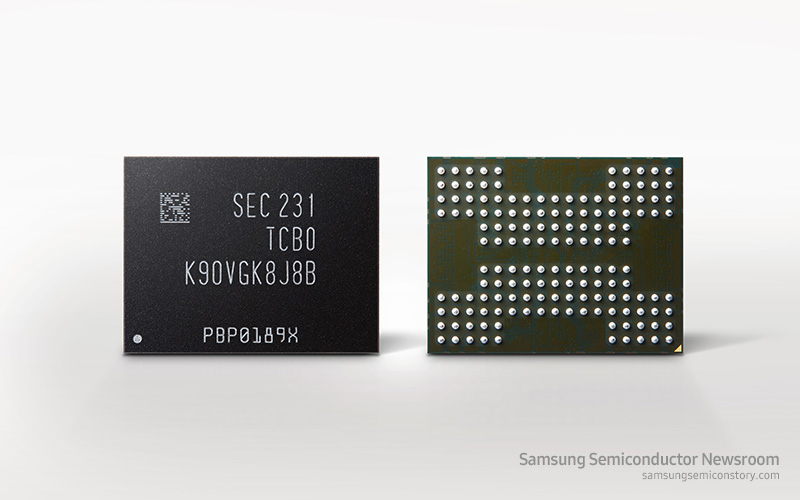
SEOUL, Korea — Nov. 7, 2022 — Samsung Electronics Co., Ltd., the world leader in advanced memory technology, as promised at Flash Memory Summit 2022 and Samsung Memory Tech Day 2022, announced today that it has begun mass producing a 1-terabit (Tb) triple-level cell (TLC) eighth-generation Vertical NAND (V-NAND) with the industry’s highest bit density. At 1Tb, the new V-NAND also features the highest storage capacity to date, enabling larger storage space in next-generation enterprise server systems worldwide.
“As market demand for denser, greater-capacity storage pushes for higher V-NAND layer counts, Samsung has adopted its advanced 3D scaling technology to reduce surface area and height, while avoiding the cell-to-cell interference that normally occurs with scaling down,” said SungHoi Hur, Executive Vice President of Flash Product & Technology at Samsung Electronics. “Our eighth-generation V-NAND will help meet rapidly growing market demand and better position us to deliver more differentiated products and solutions, which will be at the very foundation of future storage innovations.”
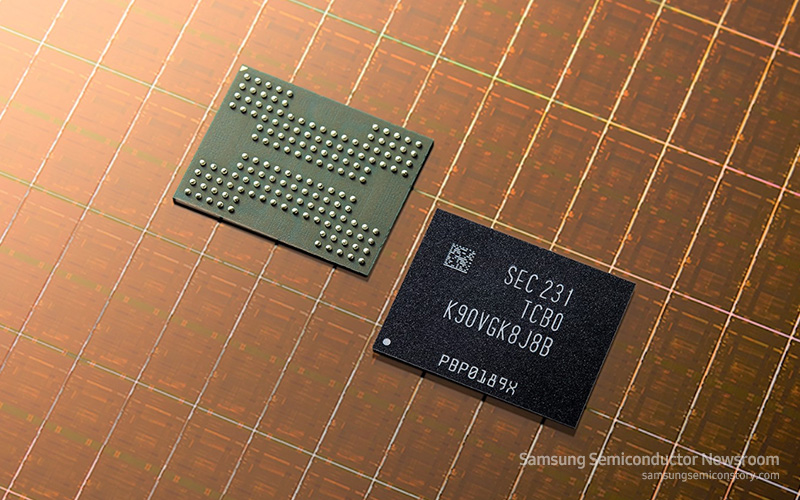
Samsung was able to attain the industry’s highest bit density by significantly enhancing the bit productivity per wafer. Based on the Toggle DDR 5.0 interface* — the latest NAND flash standard — Samsung’s eighth-generation V-NAND features an input and output (I/O) speed of up to 2.4 gigabits per second (Gbps), a 1.2X boost over the previous generation. This will enable the new V-NAND to accommodate the performance requirements of PCIe 4.0, and later, PCIe 5.0.
The eighth-generation V-NAND is expected to serve as the cornerstone for storage configurations that help expand the storage capacity in next-generation enterprise servers, while extending its use into the automotive market where reliability is especially critical.
* Editor’s note: Toggle DDR interface generations — 1.0 (133Mbps), 2.0 (400Mbps), 3.0 (800Mbps), 4.0 (1,200Mbps), 5.0 (2,400Mbps)
Related tag
Related Stories
-
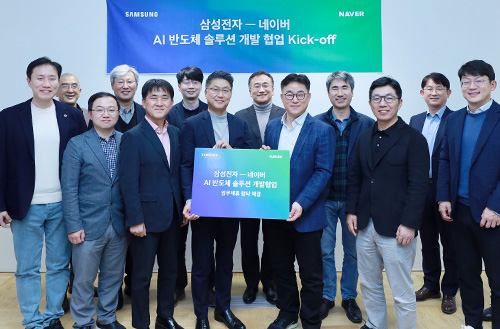 2022.12.06Samsung Electronics and NAVER Team Up to Develop Semiconductor Solutions Optimized for Hyperscale AI
2022.12.06Samsung Electronics and NAVER Team Up to Develop Semiconductor Solutions Optimized for Hyperscale AI -
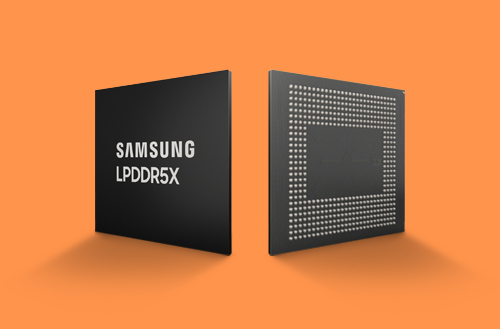 2022.10.18Samsung Electronics Introduces Industry’s Fastest LPDDR5X DRAM at 8.5Gbps
2022.10.18Samsung Electronics Introduces Industry’s Fastest LPDDR5X DRAM at 8.5Gbps -
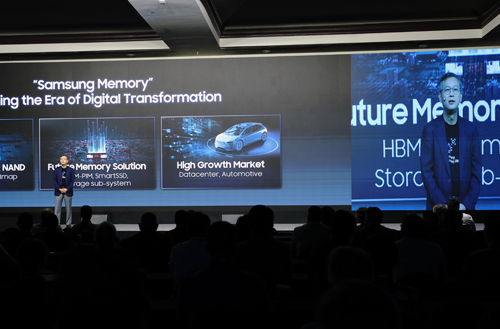 2022.10.06Samsung Electronics Envisions Hyper-Growth in Memory and Logic Semiconductors through Intensified Industry Collaborations at Samsung Tech Day 2022
2022.10.06Samsung Electronics Envisions Hyper-Growth in Memory and Logic Semiconductors through Intensified Industry Collaborations at Samsung Tech Day 2022